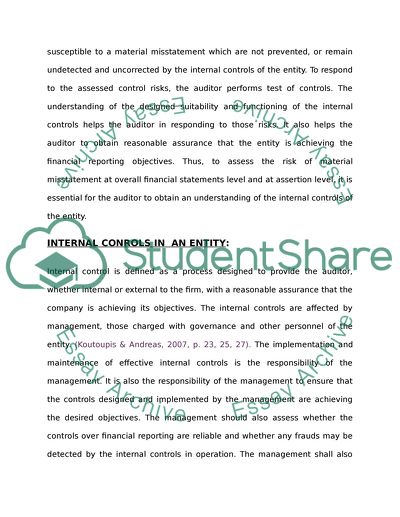Cite this document
(“Love the importance of internal control in auditing Research Paper”, n.d.)
Retrieved from https://studentshare.org/finance-accounting/1395518-love-the-importance-of-internal-control-in
Retrieved from https://studentshare.org/finance-accounting/1395518-love-the-importance-of-internal-control-in
(Love the Importance of Internal Control in Auditing Research Paper)
https://studentshare.org/finance-accounting/1395518-love-the-importance-of-internal-control-in.
https://studentshare.org/finance-accounting/1395518-love-the-importance-of-internal-control-in.
“Love the Importance of Internal Control in Auditing Research Paper”, n.d. https://studentshare.org/finance-accounting/1395518-love-the-importance-of-internal-control-in.


